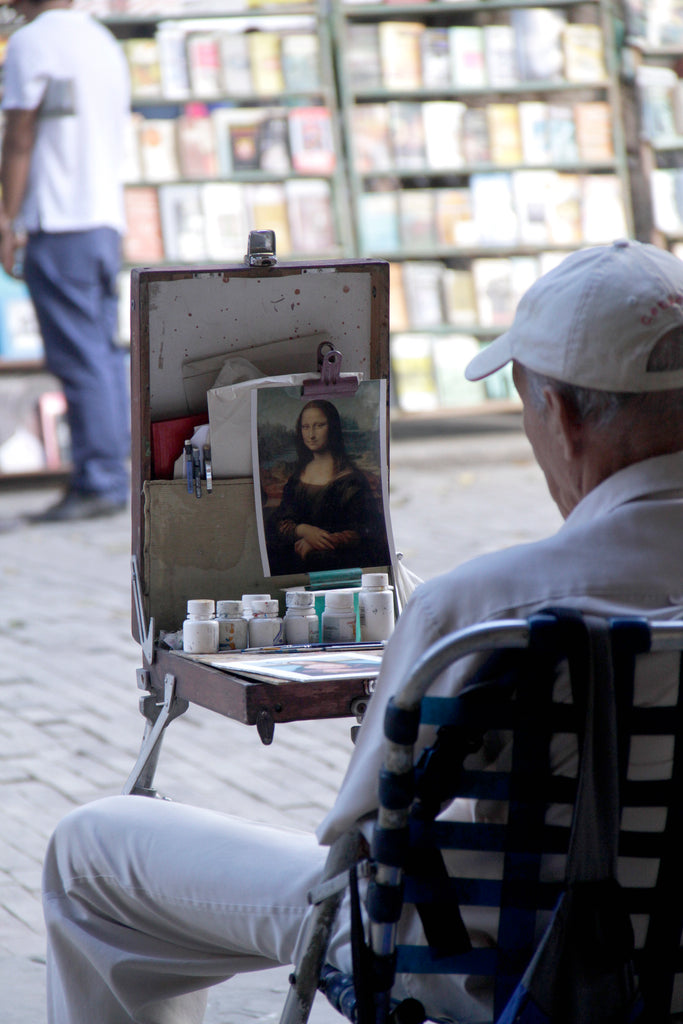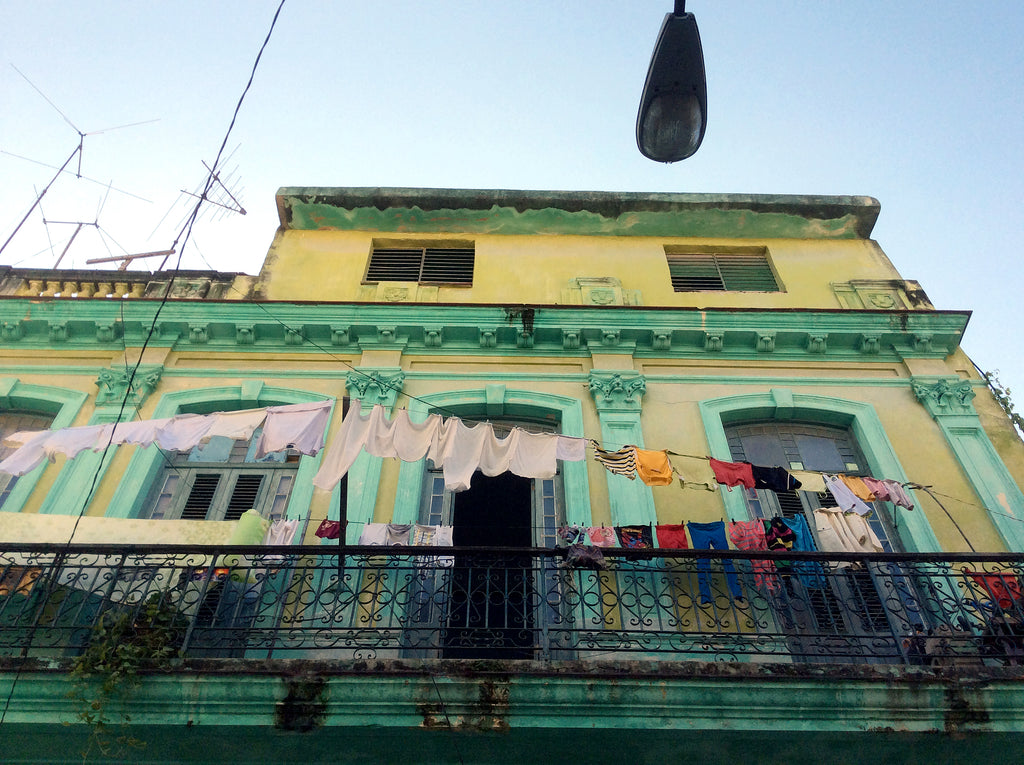Colours of Cuba
-

The Kayana: Lombok’s Softest Escape
The Kayana Lombok unfolds along the quiet stretch of Lombok’s western coastline, a place where tranquillity seems instinctive and where the world feels as though it slows just slightly for...
The Kayana: Lombok’s Softest Escape
The Kayana Lombok unfolds along the quiet stretch of Lombok’s western coastline, a place where tranquillity seems instinctive and where the world feels as though it slows just slightly for...
-

Hotel Wellenberg: A Winter Stay in the Heart of...
By Kerol Izwan This isn’t my first time in Zurich, but somehow the city always catches me off guard in the nicest way. Every visit reminds me how utterly lucky...
Hotel Wellenberg: A Winter Stay in the Heart of...
By Kerol Izwan This isn’t my first time in Zurich, but somehow the city always catches me off guard in the nicest way. Every visit reminds me how utterly lucky...
-

Abode Bombay: A Nostalgic Stay in Southern Mumbai
Images by Krish Amid the city’s noise and rush, Abode Bombay feels like a small refuge. It is a place to rest, reflect, and enjoy the quiet charm of old...
Abode Bombay: A Nostalgic Stay in Southern Mumbai
Images by Krish Amid the city’s noise and rush, Abode Bombay feels like a small refuge. It is a place to rest, reflect, and enjoy the quiet charm of old...
1
/
of
3









